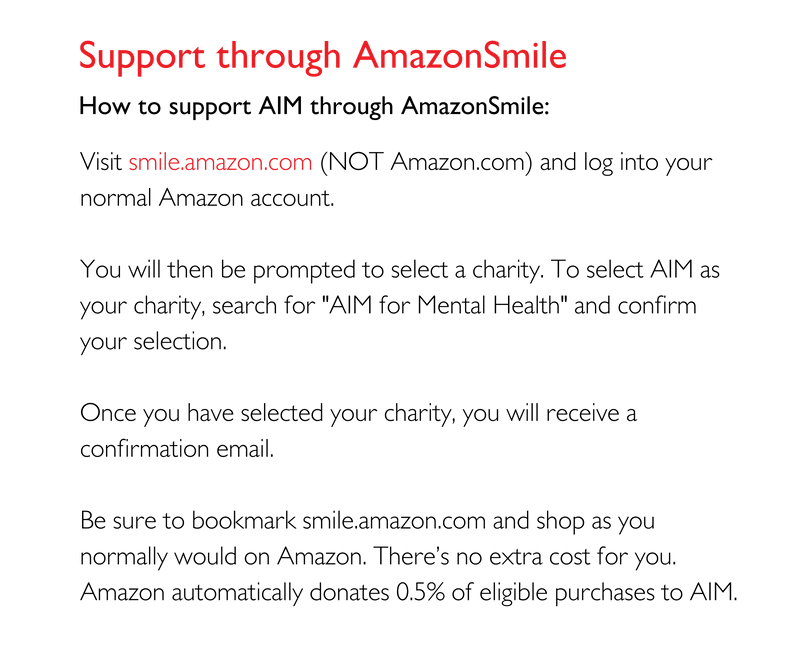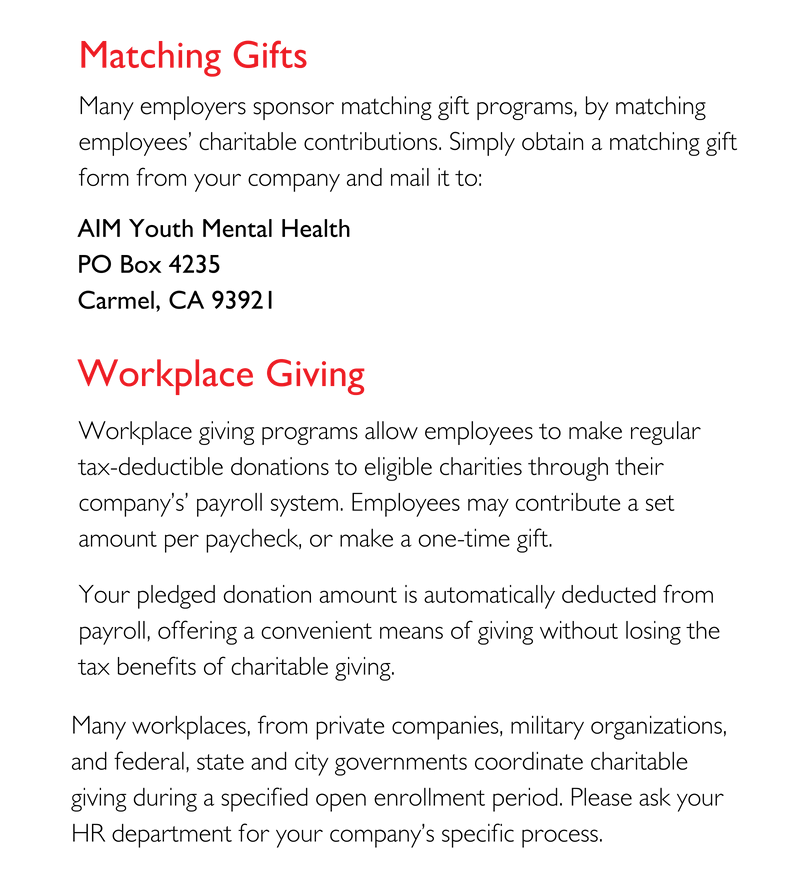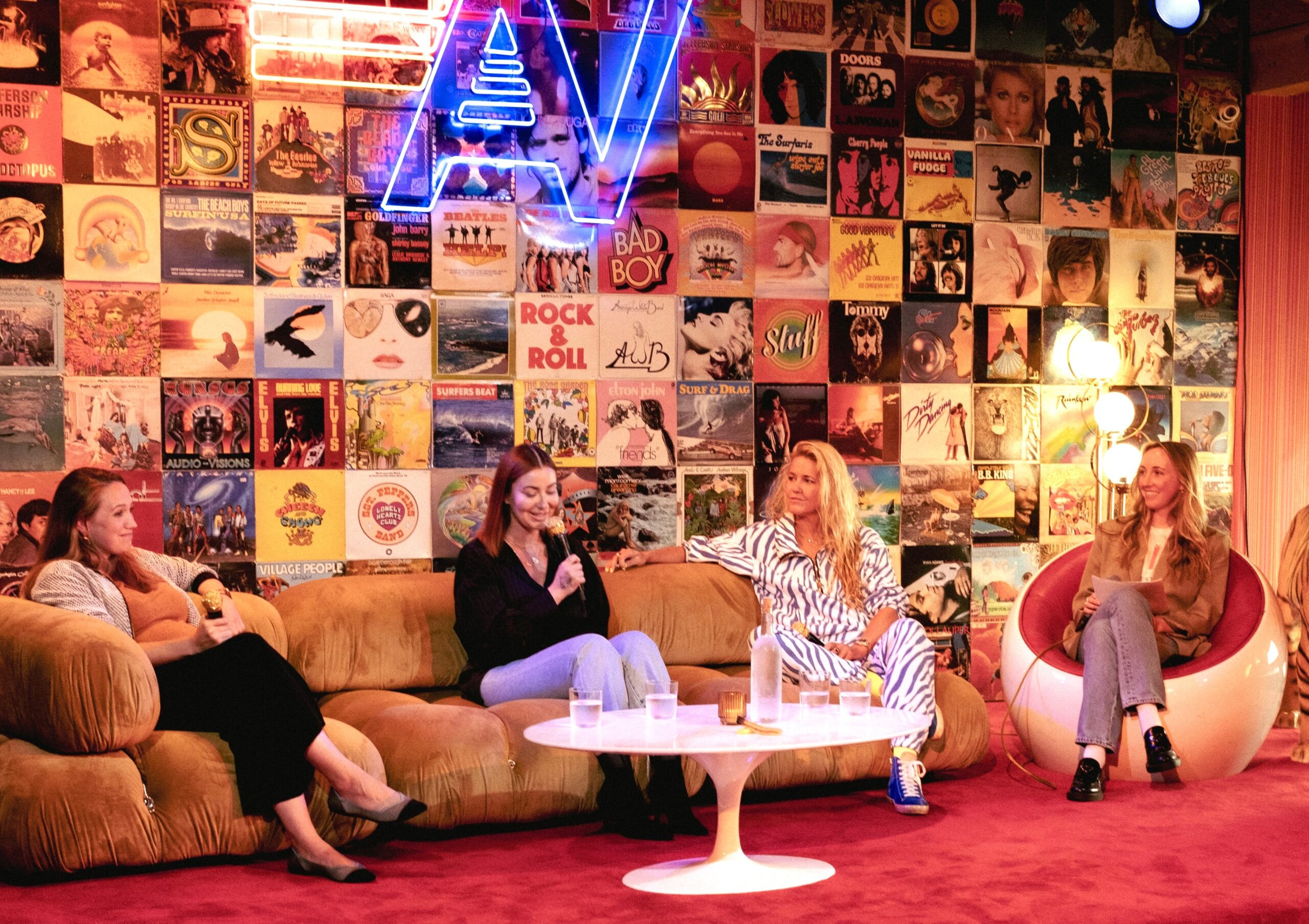
Mind, Body, Soul is an LA-based event series aimed to blend scientific knowledge with real-life experiences to advance the mental health movement and drive meaningful change in the lives of youth. On May 19, AIM hosted the third event of the series with LA-born clothing brand, Aviator Nation. We gathered in Aviator Nation’s Dreamland space to host two panel conversations on Anxiety & Resiliency. Two UCLA youth mental health experts, Dr. John Piacentini and Dr. Galen McNeil, were joined by the founder of Aviator Nation, Paige Mycoskie, as well as meditation leader Jesse Israel, Internet activist Dom Roberts, celebrity aesthetician Sarah Ford, and musician Ayokay. We discussed the science of anxiety, positive emotions, and mental health resilience, before a live musical performance from Ayokay.
 By Meadowlark Monaghan, AIM Youth Advisory Board Member
By Meadowlark Monaghan, AIM Youth Advisory Board Member
With another AIM Mind, Body, Soul event under our belts, the power of community has been made more prevalent than ever. One of our panelists, artist Ayokay, shared that, for him “happiness is only real when shared” and that message reverberated throughout each panel discussion (on resiliency and anxiety, respectively) within the intimate and groovy space of Aviator Nation’s Dreamland.
Every time AIM hosts one of these events, I’m reminded how powerful it is to create educational opportunities and chances for folks to tell their stories of mental health resilience in person. With so many events, meetings, and conversations taking place over screens, coming together in person was a rejuvenating reminder of the power of community. Which serendipitously, was a throughline to each conversation as community is a building block of mental health.
Jesse Israel, mass meditation teacher and certified expert (as a friend, I feel I have authority to say this) on community building, reminded us that we, as human beings, lived in a collectivist-style culture beginning over 130,000 years ago. Only until about 12,000 years ago, the emergence of agriculture began to separate us into a more nuclear, individualistic lifestyle. “Our time away from a tribe-like social structure is practically a blip in our evolution,” Jesse said, refreshing our memories. Considering our brains are still catching up to our new way of life, it makes sense why today, we are reaching epidemic levels of loneliness and isolation.
A 2020 Cigna report found that 50% of Baby Boomers, 71% of Millennials, and 79% of Gen Z respondents reported feeling lonely. The U.S. Surgeon General released an advisory just this year on the Healing Effects of Social Connection and Community, which outlined some of the ways loneliness can be detrimental to both individual and society health: “[Loneliness] is associated with a greater risk of cardiovascular disease, dementia, stroke, depression, anxiety, and premature death. The mortality impact of being socially disconnected is similar to that caused by smoking up to 15 cigarettes a day, and even greater than that associated with obesity and physical inactivity. And the harmful consequences of a society that lacks social connection can be felt in our schools, workplaces, and civic organizations, where performance, productivity, and engagement are diminished.”
On the flip side of this coin, social connection doesn’t just make our time here worth living, it also contributes to how long we live. One way in which the power of community has been seen throughout history is in the study of blue zones. Blue Zones are the world’s longest living cultures, with 20 years of original research behind them. Unsurprisingly, one of the main pillars of a blue zone includes social networks and community inclusion. While certain cities, seemingly like many blue zones, are set up for a “third place” (the place a person frequents that isn’t their home or their office) like plazas or a great library, many of us are now working and living in isolated apartments with Instagram subbing as our “third place”. While social media has supportive community building factors, it also is working from a business model whose algorithm aims to keep you glued to the screen.
In order to combat this, panelist and meditation leader, Jesse Israel, practices connection to himself and his surroundings via a weekly phone hiatus. Starting Friday at sundown, he turns his phone off and tucks it away, not to be turned back on until Saturday at sundown. His mom hates it, he admits, but the weekly connection to himself, his loved ones, and life is well worth any missed social post or text message.
This intentionality and space for mindfulness was reiterated as a powerful, research-backed technique for coping by both Dr. John Piacentini and Dr. Galen McNeil. It also can be made an even more successful tool for coping when practiced together. As Dr. Galen McNeil, a clinical psychologist at UCLA whose research bridges clinical science and positive emotions (gratitude, compassion, pride, and awe) function in families and therapy, suggests, “helping our families experience hard emotions… and then the skills to regulate them and cope in a healthy way” is exactly how we can lean on our communities for our mental health support.
In addition to emotion regulation, Dr. McNeil also cited communication skills and “being able to share your experience” as an equally supportive tool for healing, particularly for kids with a trusted caregiver. One such tool Dr. McNeil uses within her practice to achieve this is the Feelings Thermometer.
“The Feelings Thermometer is a Thermometer that is green at the bottom to indicate comfortable feelings (think: calmness, happiness, contentment), and notices the different levels of intensity of emotion from there. The yellow zone is next, that indicates a little bit of uncomfortability (confusion, nervousness). The orange zone is a little higher than that (feelings of irritation or annoyance). Red is the highest intensity, indicating feelings of rage or terror. We teach kids tools like this to be able to say to their parents, ‘I’m in yellow, I’m in orange.’ It allows them to communicate their feelings before they are ‘in red’.” When youth can communicate where they are within their experience, that identification allows them to use a coping tool that matches with the intensity of their present experience. Dr. McNeil will continue to conduct research and provide families with these tools as a recipient of AIM’s 2023 Implementation Science Grant.
Dr. Piacentini, a board-certified clinical child and adolescent psychologist and Professor in the UCLA Department of Psychiatry and Biobehavioral Sciences, specializing in the treatment of youth anxiety, OCD, tics, and body-focused repetitive behaviors, also uses the Feelings Thermometer. For him, emotion identification is the first step in the process of teaching youth tools to process their anxiety. From there, once they are able to identify their experience, they can begin to challenge themselves to move through it.
Anxiety has a root in fear; so “the problem with anxiety is that it makes us avoid things that make us nervous, anxious, or uncomfortable.” In fact, Dr. Piacentini’s mantra for anxiety is “challenge yourself everyday.” Dr. Piacentini teaches youth in his research similar skills that our panelists named as their own go-to coping strategies to combat their anxiety: how to identify anxious thoughts, breathwork, meditation, and particularly, exposure—facing the things you are afraid of and challenging yourself every day, that’s what we do in our clinic.”
When speaking to this exposure, Dr. Piacentini emphasized to “go low and go slow,” starting with things you can do easily and working your way up from there. Dom Roberts, fellow panelist and digital activist, shared an example of her own exposure therapy where she will ask a clerk at a shop for an item 20% off fully expecting a “no”, to begin to acquaint herself with the feelings of rejection. Dr. Piacentini reiterated how doing this is a great way to begin those challenges to your fear and slowly acquaint yourself with your anxiety.
As with every one of our panelists, in addition to some of these skills building coping strategies, sharing their feelings with a safe friend or family member came as an invaluable act in their mental health stories. Community is crucial to our survival, especially for folks experiencing mental health challenges. When it comes to our youth, a number of studies have found that trusted adult support reduced harmful outcomes for children and young people who had been subject to adversity. In fact, the number one protective factor in youth mental health is a trusted adult. You can be that trusted adult.
AIM has partnered with the National Council for Mental Wellbeing to provide “Youth Mental Health First Aid Certification” for caring adults to be trained with the skills and knowledge about what to do and what to say. There are upcoming summer training sessions July 12-13, August 19, and a Spanish speaking course July 17-18. Click here to learn more. You’ll not only become part of the solution, but you may meet some impactful community members in the process.
______________________
About the Author
Meadowlark Monaghan (she/hers) is a consultant using her knowledge gained as a mental health professional to act as a liaison between brands, creators, + online communities with the field of psychology and mental health. She also co-hosts the personal development podcast, Thoughts May Vary. Her work has been seen with Madhappy, Local Optimist, The Mayfair Group, Lonely Ghost, AIM Youth Mental Health, NAMI San Diego and more.



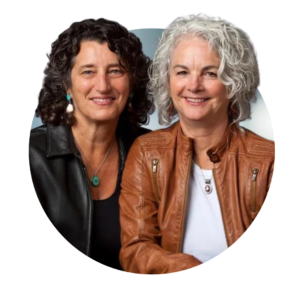
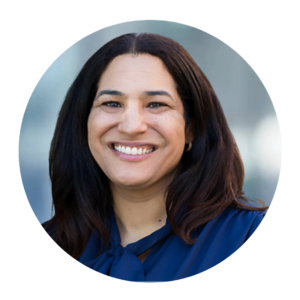








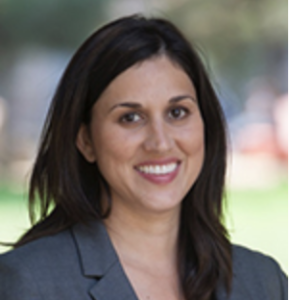


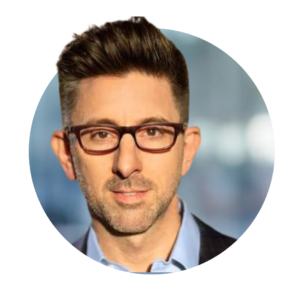

 Moving Upstream: A Proactive Approach to Addressing Behaviors and Bullying
Moving Upstream: A Proactive Approach to Addressing Behaviors and Bullying Krista Reuther is the Assistant Director of Ohana’s Community Health and Prevention Program. She received her Masters in Public Health and Social Work at UC Berkeley. She comes to this position after 14 years of clinical social work experience at Stanford Children’s Hospital in pediatric oncology, critical care, and bereavement. Her goal is to reduce the incidence of mental illness in children and adolescents in Monterey County.
Krista Reuther is the Assistant Director of Ohana’s Community Health and Prevention Program. She received her Masters in Public Health and Social Work at UC Berkeley. She comes to this position after 14 years of clinical social work experience at Stanford Children’s Hospital in pediatric oncology, critical care, and bereavement. Her goal is to reduce the incidence of mental illness in children and adolescents in Monterey County. Dr. Guss is a 35-year veteran educator with a doctorate degree in Educational Leadership. She served as a classroom teacher for 10 years, including two years as a teacher in a bilingual program in South Central Los Angeles. She has also served as a college professor, mentor teacher for new teachers, and a master teacher for teacher candidates completing their student teaching experience. She continues to be a strong advocate for the teaching profession.
Dr. Guss is a 35-year veteran educator with a doctorate degree in Educational Leadership. She served as a classroom teacher for 10 years, including two years as a teacher in a bilingual program in South Central Los Angeles. She has also served as a college professor, mentor teacher for new teachers, and a master teacher for teacher candidates completing their student teaching experience. She continues to be a strong advocate for the teaching profession. Fellowship: Stanford University School of Medicine (1994) CA
Fellowship: Stanford University School of Medicine (1994) CA Michael G. Thompson, Ph.D. is a consultant, author and psychologist specializing in children and families. He is the supervising psychologist for the Belmont Hill School and has worked in more than seven hundred schools across the United States, as well as in international schools in Central America, Europe, Africa and Asia.
Michael G. Thompson, Ph.D. is a consultant, author and psychologist specializing in children and families. He is the supervising psychologist for the Belmont Hill School and has worked in more than seven hundred schools across the United States, as well as in international schools in Central America, Europe, Africa and Asia.
 is 15 years old and a sophomore at Marina High School in Marina, CA. Her academic interests include math, history, and psychology. She joined the AIM Ideas Lab in 2021 because she wanted to be a part of something that could have a great impact on her community. Marwa is interested in youth mental health because she has always been fascinated with the human mind and she wants to support those that are suffering who may feel like their challenges in life aren’t important enough or are too afraid to seek necessary help.
is 15 years old and a sophomore at Marina High School in Marina, CA. Her academic interests include math, history, and psychology. She joined the AIM Ideas Lab in 2021 because she wanted to be a part of something that could have a great impact on her community. Marwa is interested in youth mental health because she has always been fascinated with the human mind and she wants to support those that are suffering who may feel like their challenges in life aren’t important enough or are too afraid to seek necessary help. Giovanna Panetta is a 16 year old junior at Carmel High School. She has always been called to STEM subjects, specifically biology. The AIM Ideas Lab instantly attracted her attention as a research opportunity. Gia has always comprehended the importance of mental health. She knows that COVID only exacerbated previously existing problems, and that as a community we can try and find the root of those problems. Mental health is an integral part of life, and can impede a body’s ability to be healthy. She strongly believes that life is worth living, and she wants to help anyone that thinks otherwise.
Giovanna Panetta is a 16 year old junior at Carmel High School. She has always been called to STEM subjects, specifically biology. The AIM Ideas Lab instantly attracted her attention as a research opportunity. Gia has always comprehended the importance of mental health. She knows that COVID only exacerbated previously existing problems, and that as a community we can try and find the root of those problems. Mental health is an integral part of life, and can impede a body’s ability to be healthy. She strongly believes that life is worth living, and she wants to help anyone that thinks otherwise. Dr. Friedman completed her undergraduate degree in Psychology from University of California San Diego (UCSD). She went on to complete her masters and doctorate degrees (Ph.D.) in Clinical Psychology from Rosalind Franklin University of Medicine and Science/Chicago Medical School. Dr. Friedman completed her pre-doctoral internship at Rush University Medical Center, Chicago, IL, and her post-doctoral fellowship training at the VA San Diego Healthcare System. Her clinical training and experience has been focused primarily on comprehensive assessment and effective treatments for anxiety, mood and related disorders. Dr. Friedman has extensive experience in providing Cognitive Behavioral Therapies for anxiety disorders (e.g. worry, OCD, social anxiety, phobias and PTSD), depression, adjustment disorders/life stress, insomnia and body-focused repetitive behaviors (e.g. Trichotillomania and skin picking). She has received training in evidence-based interventions for a variety of specific problems, including exposure with response prevention (ERP) for treatment of OCD, Prolonged Exposure (PE) for treatment of PTSD, and Cognitive Behavioral Therapy for Insomnia (CBT-I). Moreover, she has specialty training in the treatment of childhood anxiety and related disorders, such as ADHD, selective mutism, separation anxiety, PTSD, depression and specific phobias. In addition, Dr. Friedman has developed an expertise in research on Trichotillomania and body-focused repetitive behaviors, which has led to numerous local and national presentations. Dr. Friedman regularly attends local and national conferences, training seminars and workshops in order to stay informed on the most up to date treatments and apply state of the art science into her clinical practice.
Dr. Friedman completed her undergraduate degree in Psychology from University of California San Diego (UCSD). She went on to complete her masters and doctorate degrees (Ph.D.) in Clinical Psychology from Rosalind Franklin University of Medicine and Science/Chicago Medical School. Dr. Friedman completed her pre-doctoral internship at Rush University Medical Center, Chicago, IL, and her post-doctoral fellowship training at the VA San Diego Healthcare System. Her clinical training and experience has been focused primarily on comprehensive assessment and effective treatments for anxiety, mood and related disorders. Dr. Friedman has extensive experience in providing Cognitive Behavioral Therapies for anxiety disorders (e.g. worry, OCD, social anxiety, phobias and PTSD), depression, adjustment disorders/life stress, insomnia and body-focused repetitive behaviors (e.g. Trichotillomania and skin picking). She has received training in evidence-based interventions for a variety of specific problems, including exposure with response prevention (ERP) for treatment of OCD, Prolonged Exposure (PE) for treatment of PTSD, and Cognitive Behavioral Therapy for Insomnia (CBT-I). Moreover, she has specialty training in the treatment of childhood anxiety and related disorders, such as ADHD, selective mutism, separation anxiety, PTSD, depression and specific phobias. In addition, Dr. Friedman has developed an expertise in research on Trichotillomania and body-focused repetitive behaviors, which has led to numerous local and national presentations. Dr. Friedman regularly attends local and national conferences, training seminars and workshops in order to stay informed on the most up to date treatments and apply state of the art science into her clinical practice.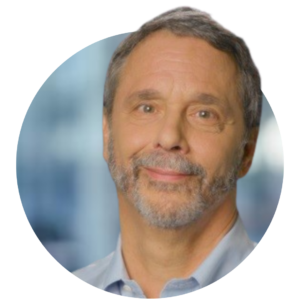 Dr. Piacentini is a board-certified clinical child and adolescent psychologist and Professor in the UCLA Department of Psychiatry and Biobehavioral Sciences. He directs the UCLA Child OCD, Anxiety, and Tic Disorders Clinic and Tourette Association Center of Excellence which provide diagnostic evaluation and treatment (both therapy and medication) for youth with the above problems. He also directs the UCLA Center for Child Anxiety Resilence, Education, and Support (CARES; carescenter.ucla.edu) which provides education and programming to parents, teachers, and clinicians about anxiety prevention and management.
Dr. Piacentini is a board-certified clinical child and adolescent psychologist and Professor in the UCLA Department of Psychiatry and Biobehavioral Sciences. He directs the UCLA Child OCD, Anxiety, and Tic Disorders Clinic and Tourette Association Center of Excellence which provide diagnostic evaluation and treatment (both therapy and medication) for youth with the above problems. He also directs the UCLA Center for Child Anxiety Resilence, Education, and Support (CARES; carescenter.ucla.edu) which provides education and programming to parents, teachers, and clinicians about anxiety prevention and management.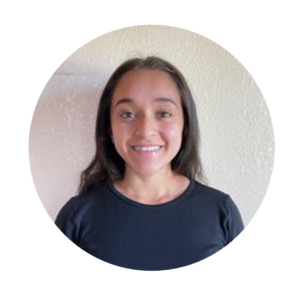 Citlalli Nava is 18 years old and a first year majoring in Psychology at Hartnell Community College in Salinas, CA. She is passionate about understanding how mental health affects how youth think, act, and feel. Citlalli joined the AIM Ideas Lab in 2021 after witnessing the increase in mental health challenges in teenagers and considering the mental health issues they are facing. Citlalli is interested in youth mental health because it is a real problem faced by her generation.
Citlalli Nava is 18 years old and a first year majoring in Psychology at Hartnell Community College in Salinas, CA. She is passionate about understanding how mental health affects how youth think, act, and feel. Citlalli joined the AIM Ideas Lab in 2021 after witnessing the increase in mental health challenges in teenagers and considering the mental health issues they are facing. Citlalli is interested in youth mental health because it is a real problem faced by her generation. Clinical and community psychologist and health care innovator Arthur C. Evans Jr., PhD, is CEO of the American Psychological Association, the leading scientific and professional organization representing psychology in the United States. With more than 146,000 researchers, educators, clinicians, consultants, and students as members, APA promotes and disseminates psychological knowledge to benefit society and improve lives – a mission consistent with Evans’ life work.
Clinical and community psychologist and health care innovator Arthur C. Evans Jr., PhD, is CEO of the American Psychological Association, the leading scientific and professional organization representing psychology in the United States. With more than 146,000 researchers, educators, clinicians, consultants, and students as members, APA promotes and disseminates psychological knowledge to benefit society and improve lives – a mission consistent with Evans’ life work.
